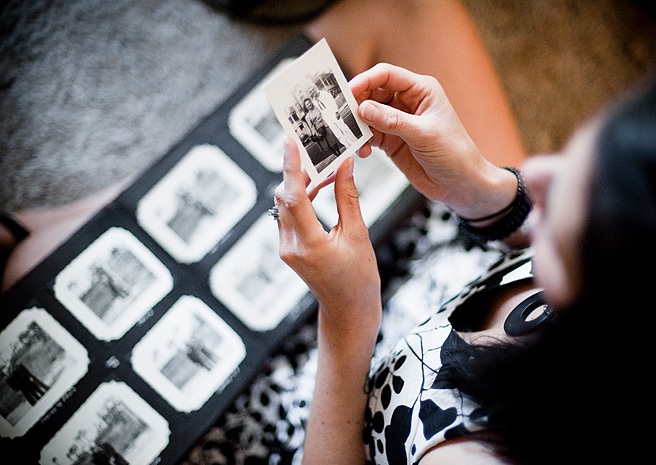
Trauma Legacies and Transgenerational Healing-Dr. Arielle Schwartz
A Personal Healing Journey When I was pregnant with my first child I felt the stirrings of the past burgeoning under the surface, calling for

A Personal Healing Journey When I was pregnant with my first child I felt the stirrings of the past burgeoning under the surface, calling for

A Synthesis of Healing A driver made a turn in front of me and suddenly I pressed hard on the brakes. My car slowed in

Healing PTSD with Yoga Yoga saved her life. Six months before her wedding she travelled to South America with her parents; without warning her mother

Strengthening Family Resilience The demands of work, school, and activities can weigh us down. At times we all struggle with finding balance in our lives. However, in the

The Real Deal Your 5-year-old is pulling on your arm to get your attention and in the process you drop a plate of food you were carrying

An Initiation into Mindfulness Nearly 20 years ago I entered my yoga teacher training. During one of our lectures discussing the importance of mindfulness I

Transgenerational Healing “Kathy” has come into therapy to work with a lifelong history of mild anxiety and depression. Through a lens of transgenerational trauma we

Facing Fear From as early as I can recall the idea of standing up in front a group of people has terrified me. As a